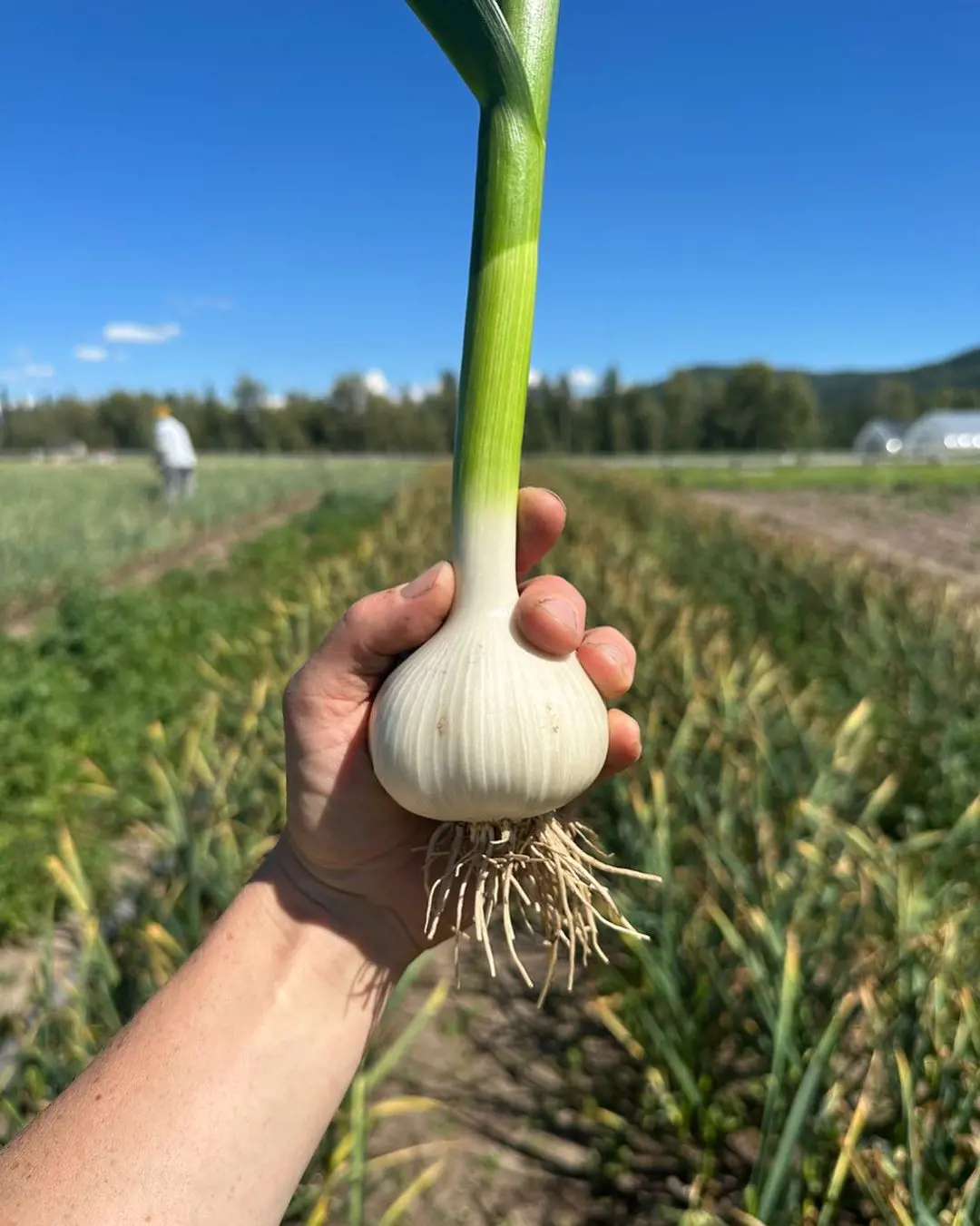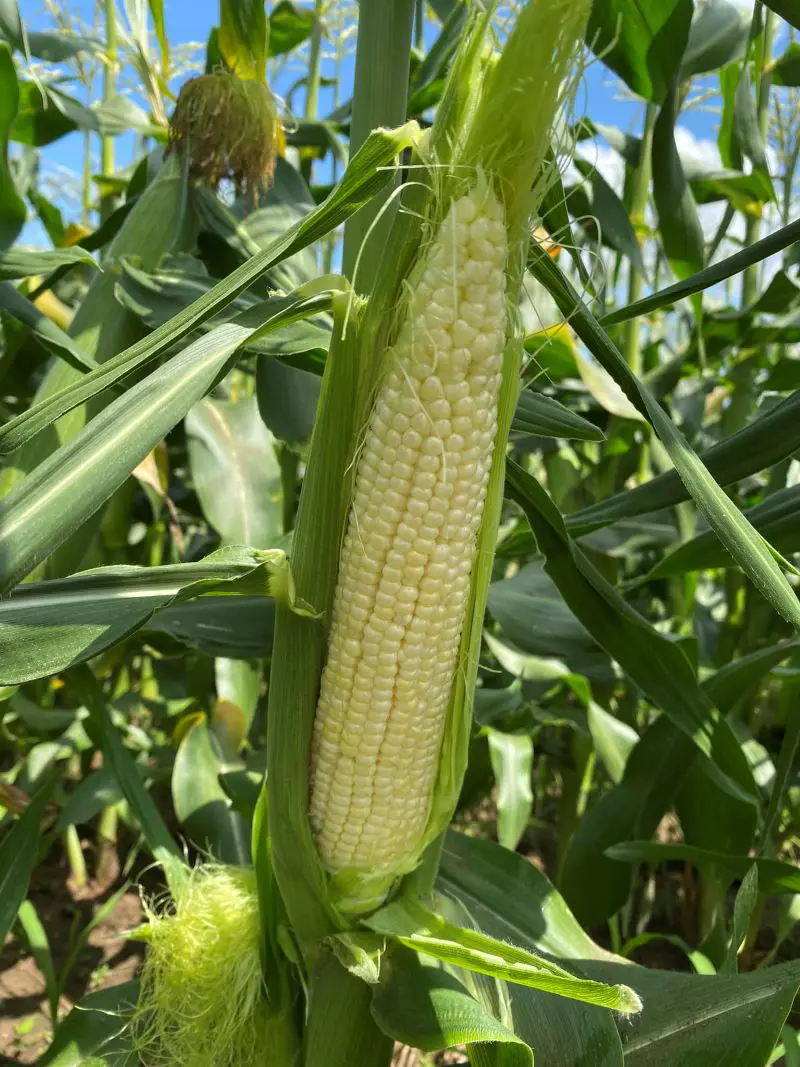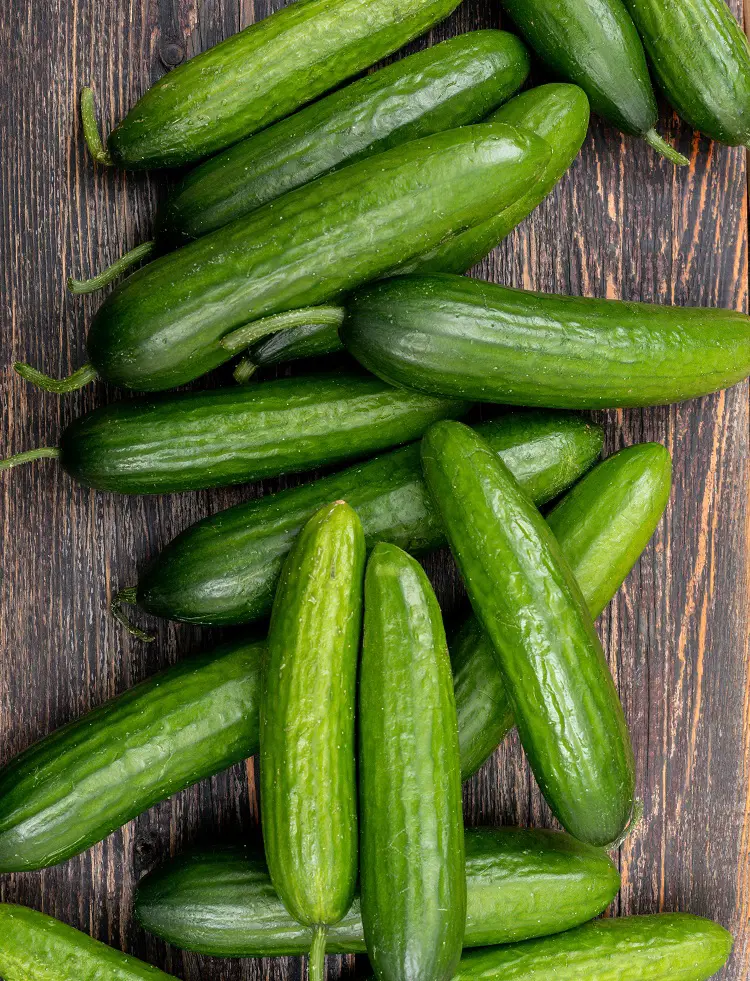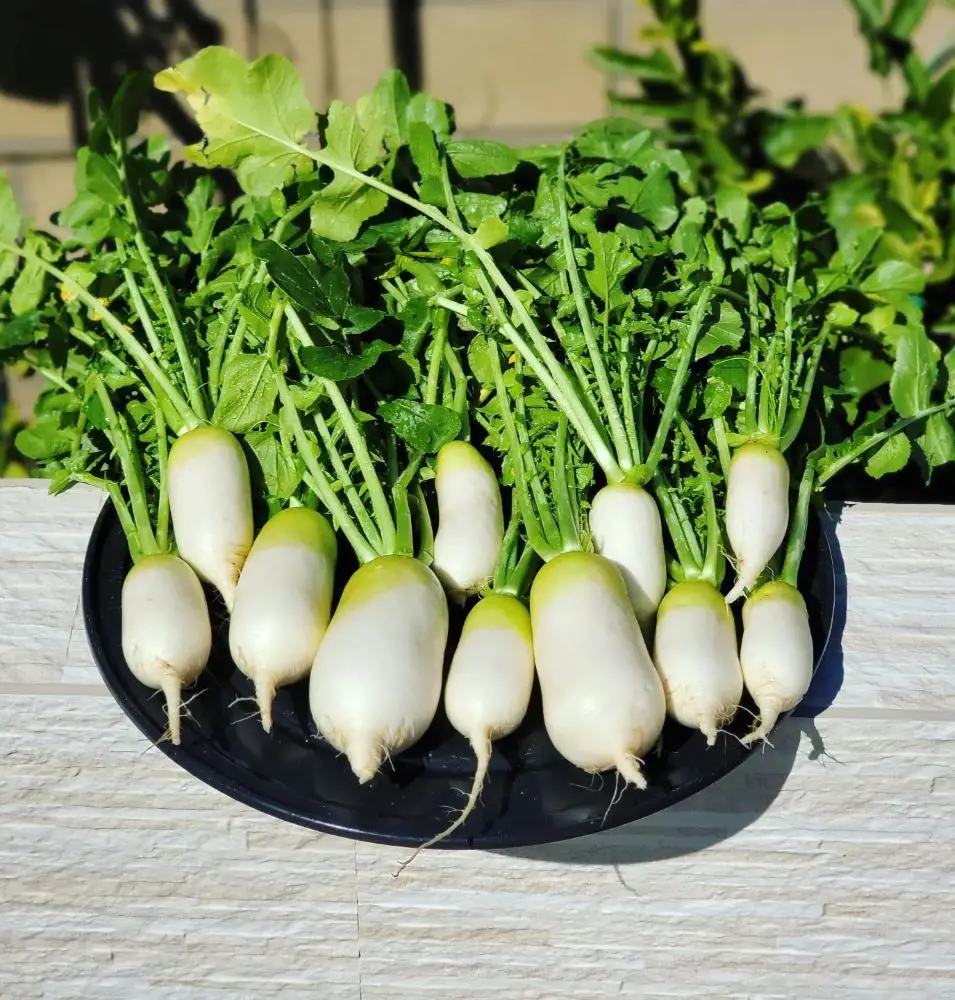10 Step Guide On How to Grow Cabbage Successfully
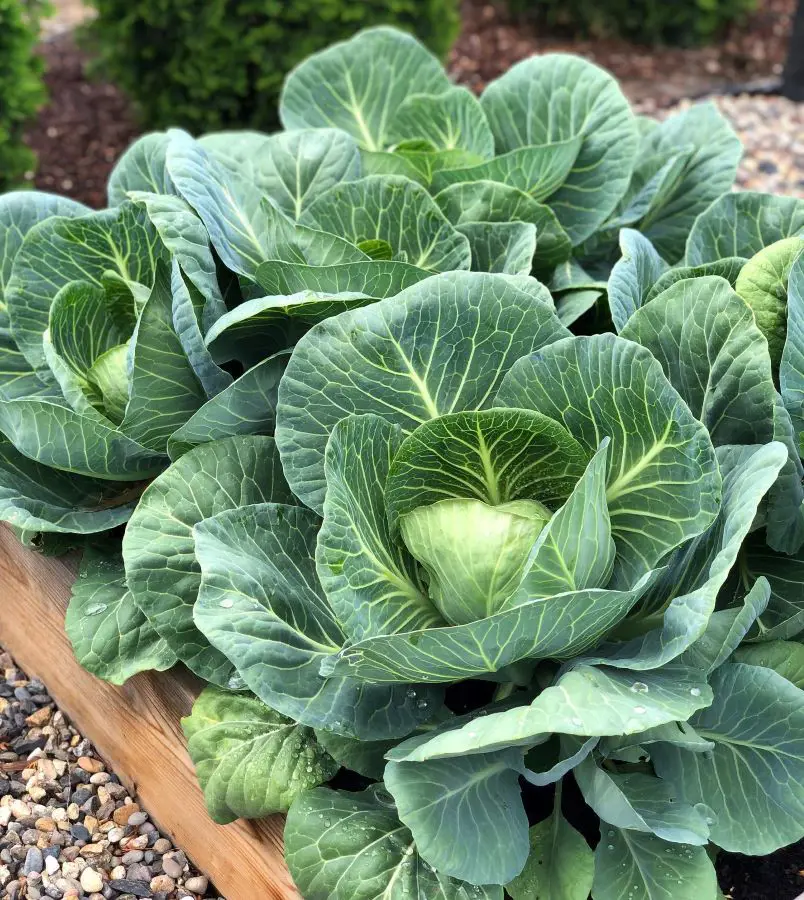
This post may contain affiliate links. If you make a purchase through links on our site, we may earn a commission.
Dreaming of harvesting crisp, homegrown cabbages for delicious salads and slaws? Well, dreams can turn into reality, and growing cabbages is not at all difficult if proper measures and things are considered. This cruciferous vegetable can be grown anywhere and is cherished for its storage life.
One might be confused about when to plant a vegetable, such as cabbage. This cool-season plant can be grown both in the fall and spring seasons in sunny locations with fertile, well-drained soil. Here we have compiled a step-by-step guide on how to grow cabbage successfully to enjoy fresh, homegrown goodness
1. Choose Variety According to Climate

Picking the perfect cabbage variety is key to a bountiful harvest. While considering the desired harvest time, choose early varieties like "Golden Acre" for summer, mid-season varieties like "Copenhagen Market" for fall, and late varieties like "Savoy King" for winter storage. About size, choose compact options like "Gonzales," which are ideal for small spaces, while larger varieties like "Stonehead" are perfect for storing.
Finally, comes resistance. Choose varieties like "Blue Vantage" or "Cheers" if there are any problems with pests or diseases in your garden. By keeping these factors in mind, one can choose the perfect cabbage for their needs and ensure a successful and satisfying harvest.
2. Well-Drained and Fertile Soil
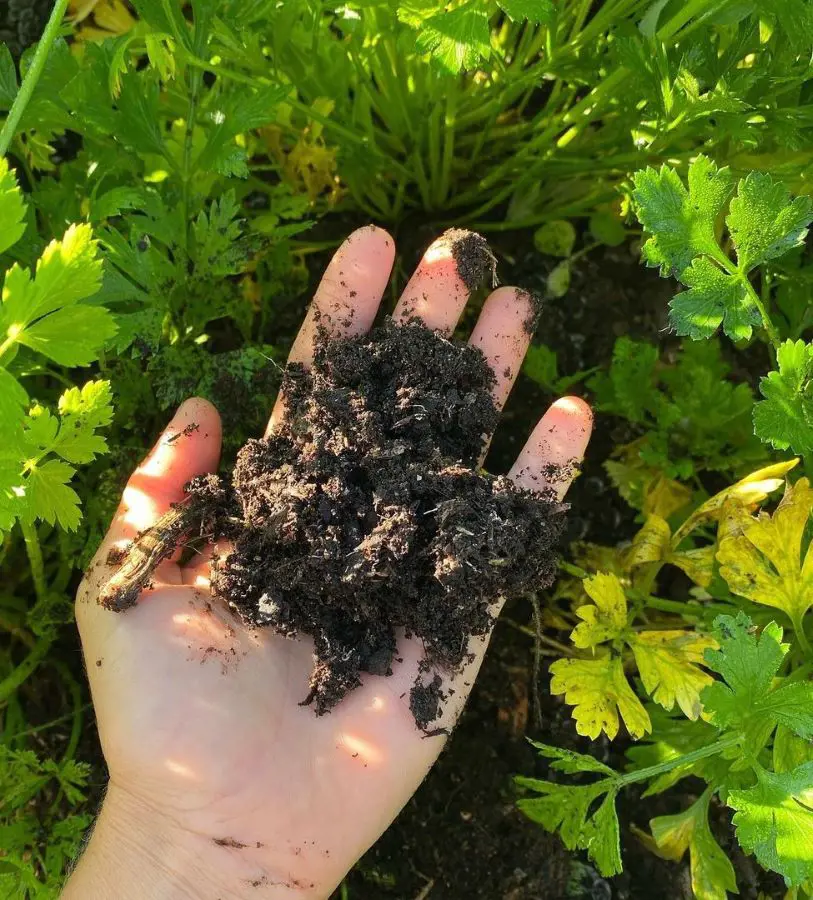
Preparing the soil is crucial for successful cabbage growth because it provides the perfect foundation for healthy roots and strong plants. Cabbages are heavy feeders, meaning they need plenty of nutrients to develop large, healthy heads. Adding aged manure or compost to your soil provides essential nutrients like nitrogen, phosphorus, and potassium, promoting strong growth and head formation.
Well-draining soil prevents waterlogging, which can cause root rot and other diseases. Loose, well-prepared soil allows air to reach the roots, which is vital for their respiration and overall health. Furthermore, cabbages thrive in slightly acidic soil with a pH range of 6.0 to 7.0.
3. Choose Between Seed and Transplant
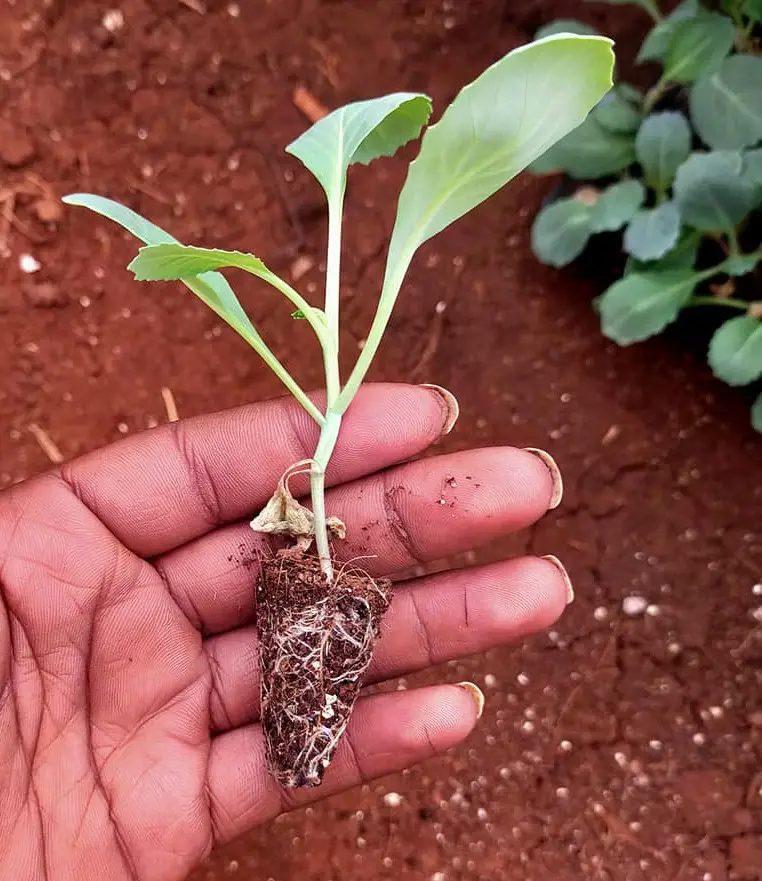
One of the key decisions in the cabbage journey is whether to start from seeds or purchase ready-made transplants. Both options have their pros and cons, and the best choice depends on one's preferences, experience, and available resources.
Starting seeds has the following pros:
- There are a wider variety of options to choose from.
- More cost-effective in the long run.
Buying transplants has the following pros:
- Quicker and easier, especially for beginners.
- Ideal for short growing seasons.
For most people, especially beginners, starting with transplants is the simplest and best option. However, if one has the time and enjoys the challenge, starting from seeds can be a rewarding experience.
4. Plant at the Right Time
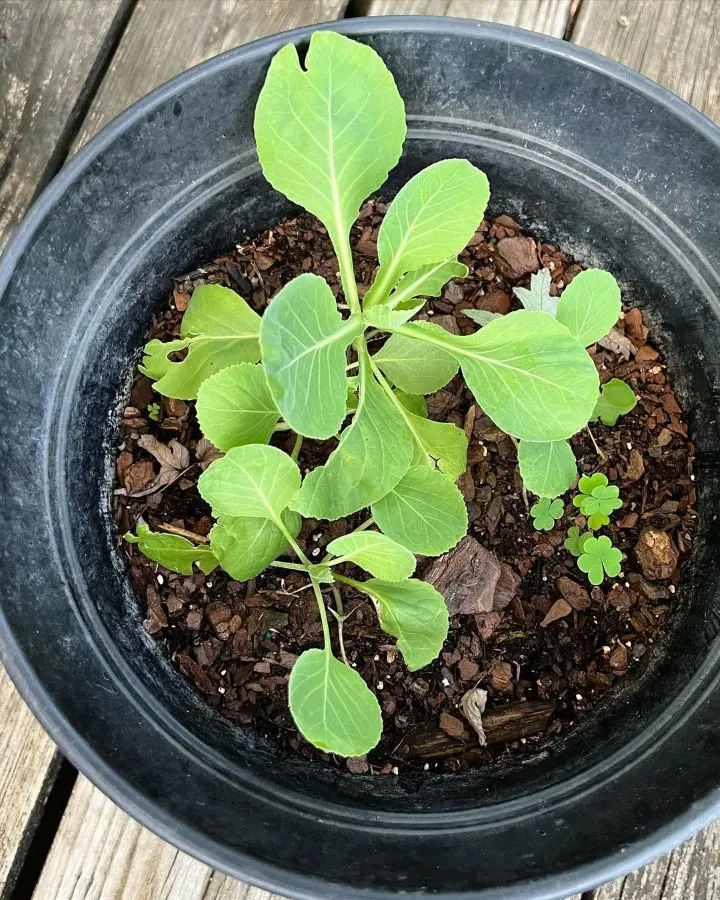
Planting cabbages at the right time is key to their success. In most regions, it's ideal to plant seeds indoors 4-6 weeks before the last spring frost for a summer harvest. This allows the seedlings to mature before the hot weather sets in, which can cause bolting (flowering) and prevent head formation.
For a fall harvest, sow seeds indoors 14 weeks before the first fall frost to ensure ample growing time before winter arrives. Remember, the soil temperature should be around 60°F (15°C) for optimal seed germination and plant growth. Always check the local frost dates to determine the best planting times.
5. Space Cabbages Properly
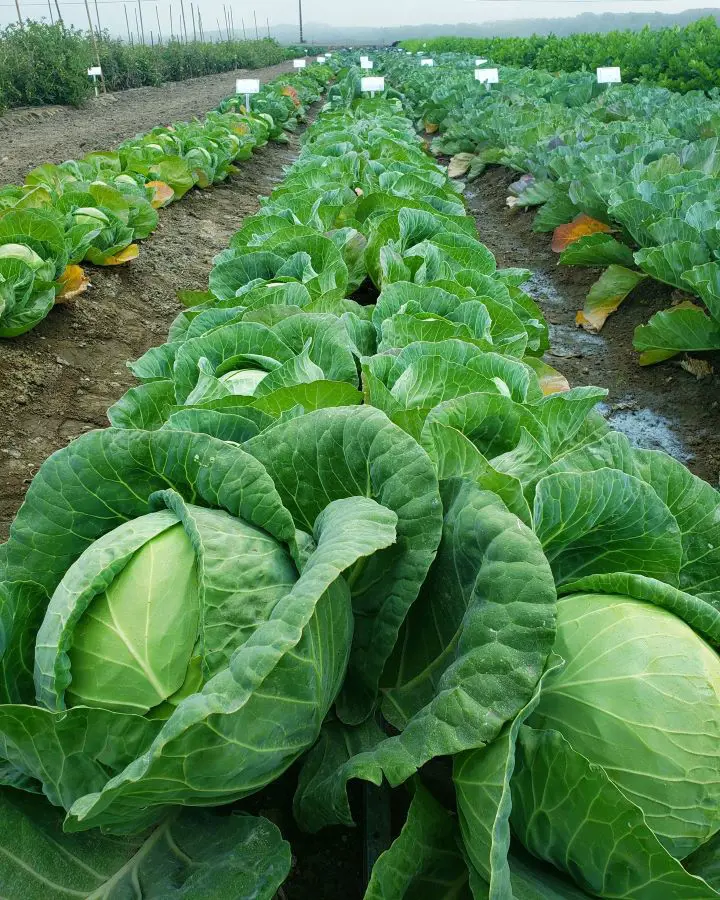
Spacing cabbage plants properly is crucial for their success. When cabbages are cramped, they compete for light, water, and nutrients, leading to stunted growth, small heads, and even disease. The spacing depends on variety, and compact varieties need about 1 foot (30 cm) between plants, while larger ones require up to 18 inches (45 cm).
The space between plants should be roughly equal to the diameter of a mature head. This ensures ample room for each plant to grow and spread its leaves without crowding its neighbors. Proper spacing is like giving the cabbages their own space to flourish.
6. Water Deeply and Regularly

Cabbages need consistent moisture to grow well, and for happy and healthy results, water regularly and deeply. Aim for 1-2 inches of water per week, delivered directly to the base of the plant. This encourages deep-root growth and prevents issues like head splitting.
Choose to water in the morning so excess moisture dries before nightfall, minimizing the risk of fungal diseases. Try not to overwater, as it can lead to leaf spotting and disease. A good soak once a week is better than frequent shallow watering.
7. Fertilize for Growth
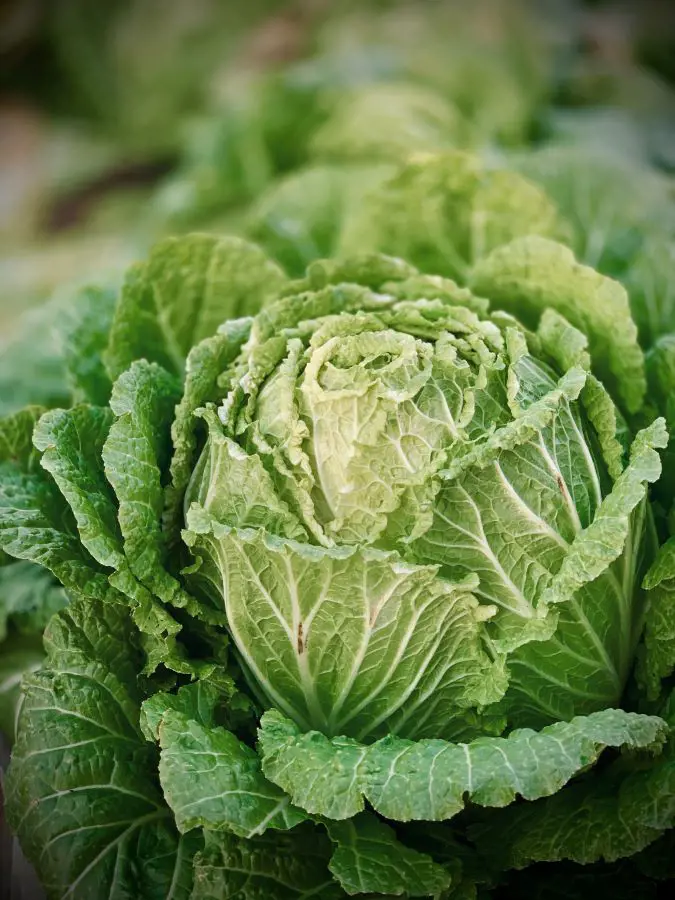
Fertilizing is crucial for successfully growing cabbages because these heavy feeders need a lot of nutrients to produce large, healthy heads. Without enough fertilizer, cabbages will be small, weak, and won't taste as good. Consider fertilizer as the key ingredient for unlocking the full potential of the cabbage crop.
To start fertilizing, begin by incorporating a slow-release fertilizer into the prepared soil before planting. Then, keep these leafy friends happy with a light feeding of balanced (10-10-10) liquid fertilizer every 3–4 weeks, until heads begin to form. Avoid high nitrogen fertilizers during head formation, as this can lead to loose, split heads.
8. Control Pests and Diseases

Cultivating cabbage successfully can sometimes be challenging due to its susceptibility to pests and diseases. One effective way to combat these issues is by utilizing friendly cabbage companion plants.
This method offers various benefits, such as repelling pests, improving soil health, and enhancing cabbage growth. Besides, there are several simple strategies to control pests and diseases:
- Avoid overhead watering, as it promotes fungal diseases.
- Choose disease-resistant varieties and use certified pest-free seeds or transplants.
- Practice crop rotation by removing and destroying infected plant debris after harvest.
- Use row covers to protect young plants from flying pests like cabbage moths and aphids.
9. Weed Regularly
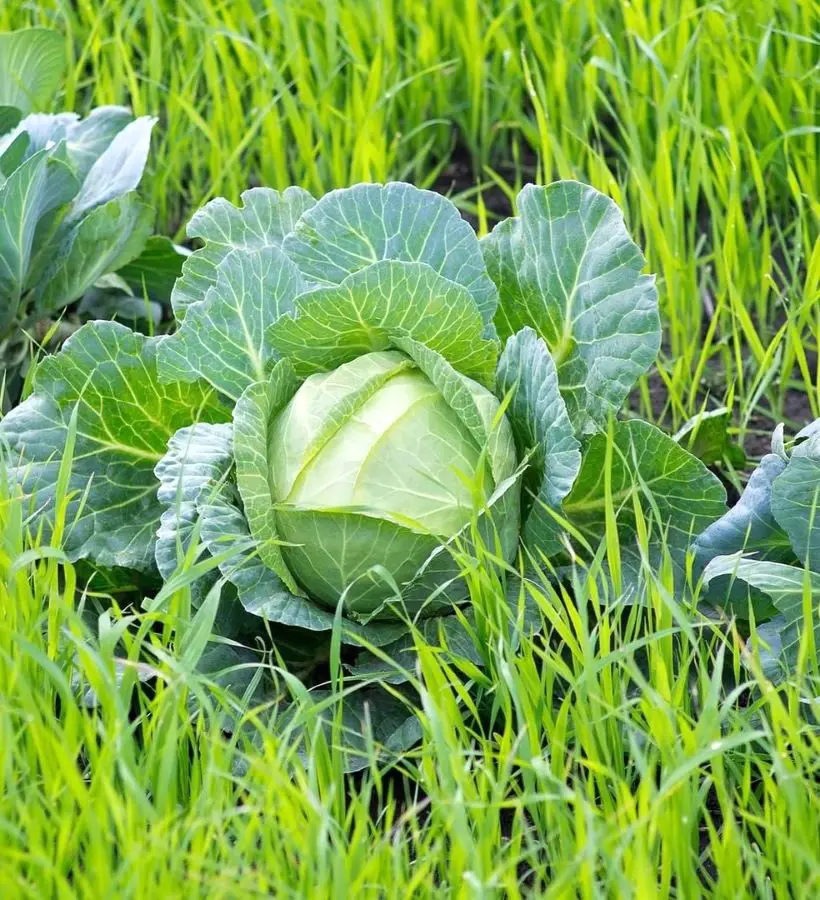
Weeding regularly is crucial for successful cabbage growth because weeds compete with cabbages for vital resources like sunlight, water, and nutrients. This competition stunts cabbage development, leading to smaller heads, reduced yield, and overall poorer quality. Additionally, weeds can provide harborage for harmful pests and diseases, further jeopardizing the cabbage crop.
By regularly removing weeds, one can give their cabbage plants the space, resources, and environment they need to thrive. This ultimately results in a bountiful harvest of healthy, delicious cabbages. However, keep weeds under control to avoid competition for resources and prevent the spread of disease.
10. Harvest at the Right Time
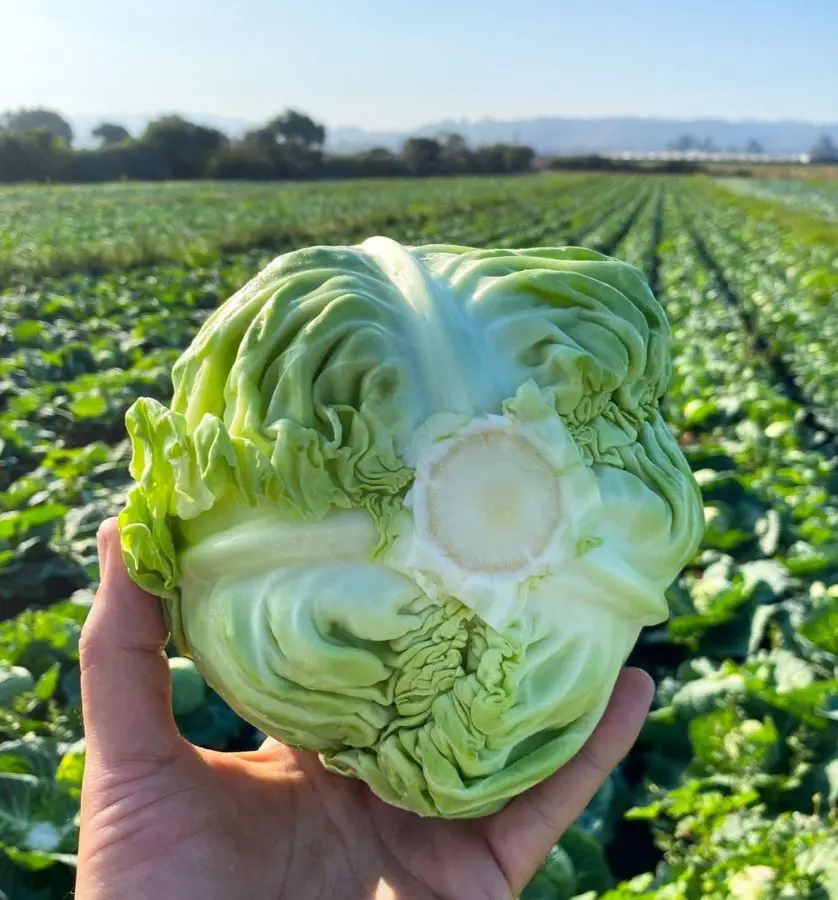
Harvesting cabbages at the right time is crucial for enjoying their full flavor and tenderness. To find out the harvest time, consider the following factors:
- Look for heads that feel firm and heavy when you squeeze them.
- Depending on the variety, mature cabbages can reach 6–10 inches in diameter.
- The outer leaves should be a vibrant green with no signs of yellowing or browning.
While harvesting, use a sharp knife or pruner to cut the stem just below the head, or simply twist the head firmly to detach it from the stem. Remove any loose or damaged outer leaves and store them in a cool, dark place, like a refrigerator, for up to a week.
Recent posts
How To Grow
How To Grow
How To Grow Garlic
A bulbous member of the onion family, garlic is prized for both its potent flavor and a variety of therapeutic applications. Due to its relative ease of cultivation, it is a favorite among home gardeners and a pioneer in kitchens worldwide. Garlic ma...
How To Grow
How To Plant and Grow Orchids
Orchids are one of the prettiest and most interesting flowers out there, with over 30,000 types and 200,000 hybrids. They are one of the biggest families of plants and can grow indoors or outdoors. However, growing and taking care of orchids is not e...
How To Grow
How To Plant, Grow And Harvest Corn All By Yourself
Growing your popcorn or sweet corn at home garden can seem like an interesting idea. However, it requires a large amount of space to grow as it is a tall plant that needs plenty of room to spread out. But, if you want to enjoy freshly popped po...
How To Grow
How To Plant, Grow And Care Cucumbers
Growing cucumbers is like going on a fun journey where you get to plant and pick your very own crunchy veggies. It's not just about having tasty cucumbers, it's also about the joy of seeing your plants grow. Whether you have a big garden or a small b...
How To Grow
How To Plant, Grow And Care Radishes In Your Garden
Growing radishes in your garden is a fantastic way to enjoy crisp and peppery veggies that you've nurtured from seed to plate. It's a straightforward process that anyone can try, even if you're new to gardening. In the following 12 steps, we'll guide...
How To Grow
How to Plant, Grow And Care For Spinach?
Growing leafy greens in your backyard garden is both healthy and fun. Spinach can be the best leafy green to start with as it is relatively easy to grow from scratch and can be harvested in about a month from planting. It thrives in spring or fall in...
